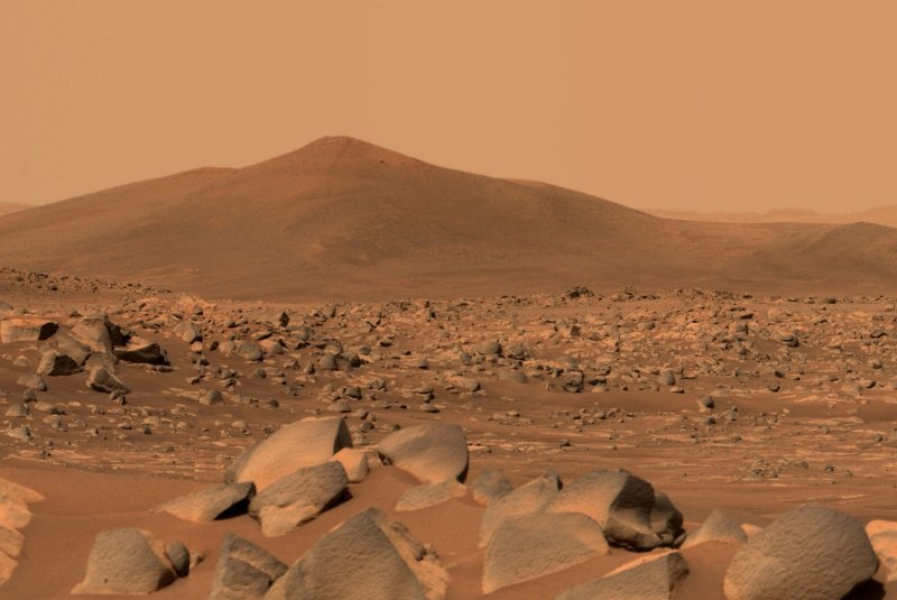
NASA's Curiosity rover has discovered what scientists say are the largest organic molecules ever detected on Mars, raising speculation about the possibility that life emerged billions of years ago on the Red Planet.
“Our study confirms that even today, by analyzing samples from Mars, we can find chemical traces of past life, if such life ever existed on Mars,” said Caroline Freyssinet, lead author of the study and a researcher at France's National Center for Scientific Research's Laboratory of Atmospheric and Space Observations in Guyancourt.
The organic compounds, known as the “Cumberland sample,” were extracted in 2013 from 3.7-billion-year-old rock in Yellowknife Bay, inside Gale Crater, where the rover has traveled more than 20 miles since landing in 2012 in an area thought to be an ancient lake bed where clay minerals, sulfur, nitrate and methane compounds were found. All are essential for supporting life.
However, while researchers are stopping short of claiming to have found a biosignature that could indicate life on Mars, one expert suggests that the scientific evidence represents the best chance of identifying the remains of any life on the planet.
Curiosity detected much larger organic molecules in this study, including decane, undecane, and dodecane.
“There's evidence that liquid water has been present in Gale Crater for millions of years, perhaps even longer, meaning there was plenty of time in these crater-lake environments on Mars for the chemistry that would support life,” said Daniel Glavin, a co-author of the study and a senior sample return scientist at NASA's Goddard Space Flight Center in Greenbelt, Maryland.
Glavin said the team is “ready to take the next big step” and bring samples from Mars back to Earth to “resolve the question of life on Mars.”
“The results presented in this paper represent the best known opportunity to identify remnants of life on Mars,” John Euler, a professor of geology and geochemistry at the California Institute of Technology, told The Guardian.
“But to reach definitive conclusions, it is vital to return such samples to Earth,” he added.
Sourse: www.upi.com





